Alpenglow concept returns as hydrogen-powered Hy4
Four-cylinder and 340hp for now, but Alpine is also working on a new V6...

There’s no faulting Alpine’s commitment to the future. Far from resting on its laurels, it seems determined to embrace what’s coming and (hopefully) still deliver some great sports cars that don’t rely on petrol power. We’ve already seen the A110 E-ternité concept, which demonstrated that EV sports cars don’t have to be heavy and weird, and now there’s this, the Hy4. It’s an evolution of the stunning Alpenglow concept seen a couple of years ago, and is powered by a hydrogen-fuelled four-cylinder engine. Note that’s not a hydrogen fuel cell, as used for a very small amount of electric cars like the Toyota Mirai; it’s a sports car that looks like this, with an engine, that uses hydrogen as a fuel. Also as Toyota has been exploring with its race cars, GR Yaris and Lexus V8.
It’s not necessarily something anyone saw coming from Alpine, particularly given the wider Renault Group’s long standing commitment to battery electric vehicles, but the Alpenglow Hy4 is said to mark something of a turning point. Of course there’s the usual line about motorsport influencing road cars - ‘Alpine firmly believes in the role of motorsport as an accelerator for the development of future mobility technologies’ is the soundbite this time - but also a declaration of support for hydrogen from Renault. A joint venture with Plug called HYVIA is promising hydrogen charging stations (with liquid hydrogen being explored also), fleet financing and maintenance for a hydrogen fuel cell commercial vehicle will be in place, there’s going to be a hybrid using a hydrogen range extender, and there are engines in development specifically designed to be powered by hydrogen. They will be for ‘high-powered extra-urban commercial use and specific sportier purposes.’
Cars exactly like the Hy4, then. For the moment, this rolling prototype - it’ll be demonstrated at the Spa 6 Hours this weekend - is powered by a 340hp, 2.0-litre four-cylinder turbo; but this is just a stepping stone to the next version, which will be seen before the end of the year, that’s going to feature a V6 engine. An all-new unit, no less, with the focus on hydrogen power. Nothing if not interesting. Ultimately Alpine sees the fuel as ‘a new approach to decarbonizing motor racing and a possible avenue for sports cars’. There are no guarantees, of course, though anything that can keep engines in cars as visceral as sports cars surely has to be explored.


Here the engine revs to 7,000rpm, the gears are changed sequentially and the Hy4 can reach 168mph; but doing that is the easy bit compared to storing and using hydrogen. Petrol is a liquid, obviously, and is far easier to create a homogenous combustion mixture from than hydrogen gas. Though it can burn in both lean and rich mixes, hydrogen must avoid what’s called ‘abnormal combustion’, which means paying very close attention to the mix and the temperature of the combustion chamber. The gas is stored in tanks around the Hy4 at 700 bar, which is then brought down to 200 bar by a pressure regulator, before entering the combustion chamber at 40 bar. Alpine has a range of measures in place for best safety practice, with Regulation 134 certified storage chambers, pressure sensors, a ‘rigorous’ start up procedure and, of course, lots of checks. Alpine really wants this work, and a track demo in front of sportscar racing fans is the perfect place to show it off; anything going wrong would be a disaster.
As for the car itself, the Hy4 has evolved a little since it was the Alpenglow, said to bridge a gap between motorsport and road (it uses an LMP3 carbon chassis for now). By making this car a two seater where it was just single occupancy before, the Hy4 inevitably looks a little less like the futuristic racer, but still with some dramatic design details. It’s going to make passers-by gawp, that’s for sure, at 5.2m long, just 1.1m high and more than two metres wide, plus with that long tail like the old Alpine A220 (that’s now being resurrected by Zagato). But it perhaps now looks just a little more like a viable concept than a crazy Vision Gran Turismo car. Design Director Anthony Villain says the Hy4 is “a true racing car with all the visual and acoustic expression you would expect."
While it’s easy to think of hydrogen still as a future fuel, it’s worth remembering that hydrogen-powered racers will be permitted at Le Mans from 2027 onwards. That’s surely a race that Alpine has its eye on. Formula 1 could make the switch in the 2030s as well. For the French brand, it seems very keen on the hydrogen path; as well as negligible CO2 and significantly reduced NOx, it means a ‘very similar feel of the engine for the driver and a sound ideally suited to Alpine's racer philosophy.’ So don’t expect an Alpine Formula E car very soon, by the sounds of it. As for the Alpenglow Hy4, it will be driven this weekend by Guillaume De Ridder, an Alpine Racing engineer and rallycross champion. on track at Le Mans next month, too. Could this be the future of sportscar racing?
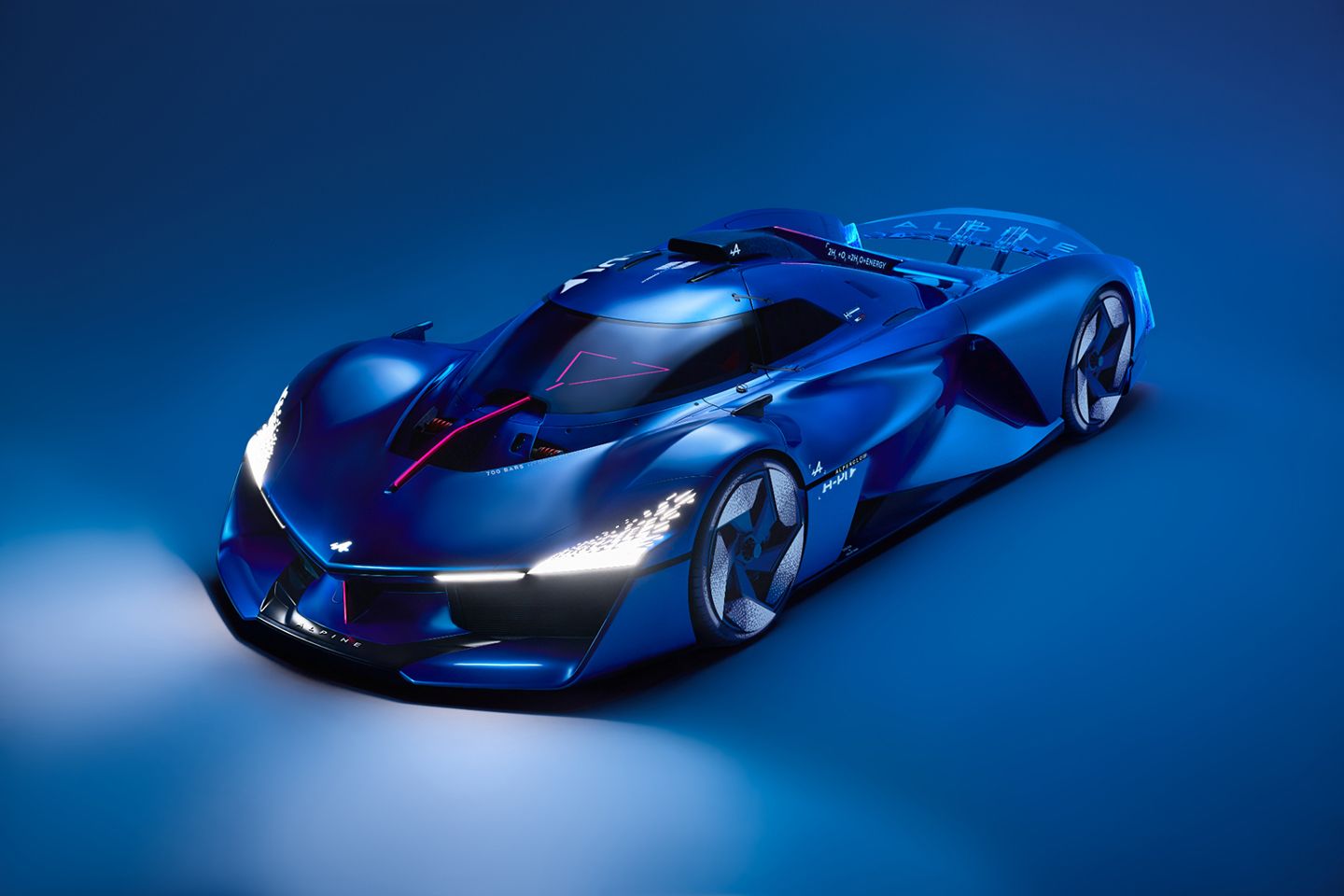
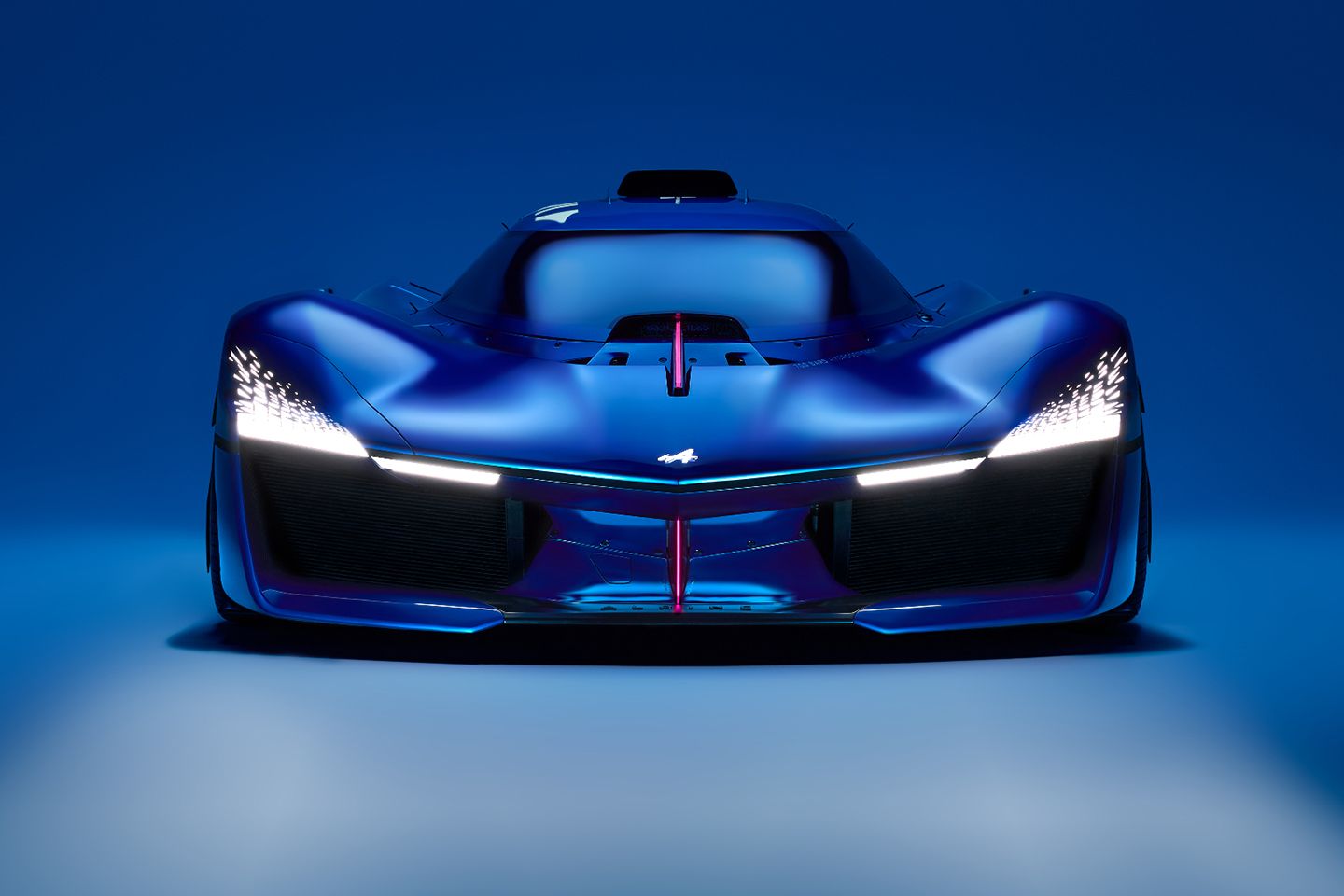
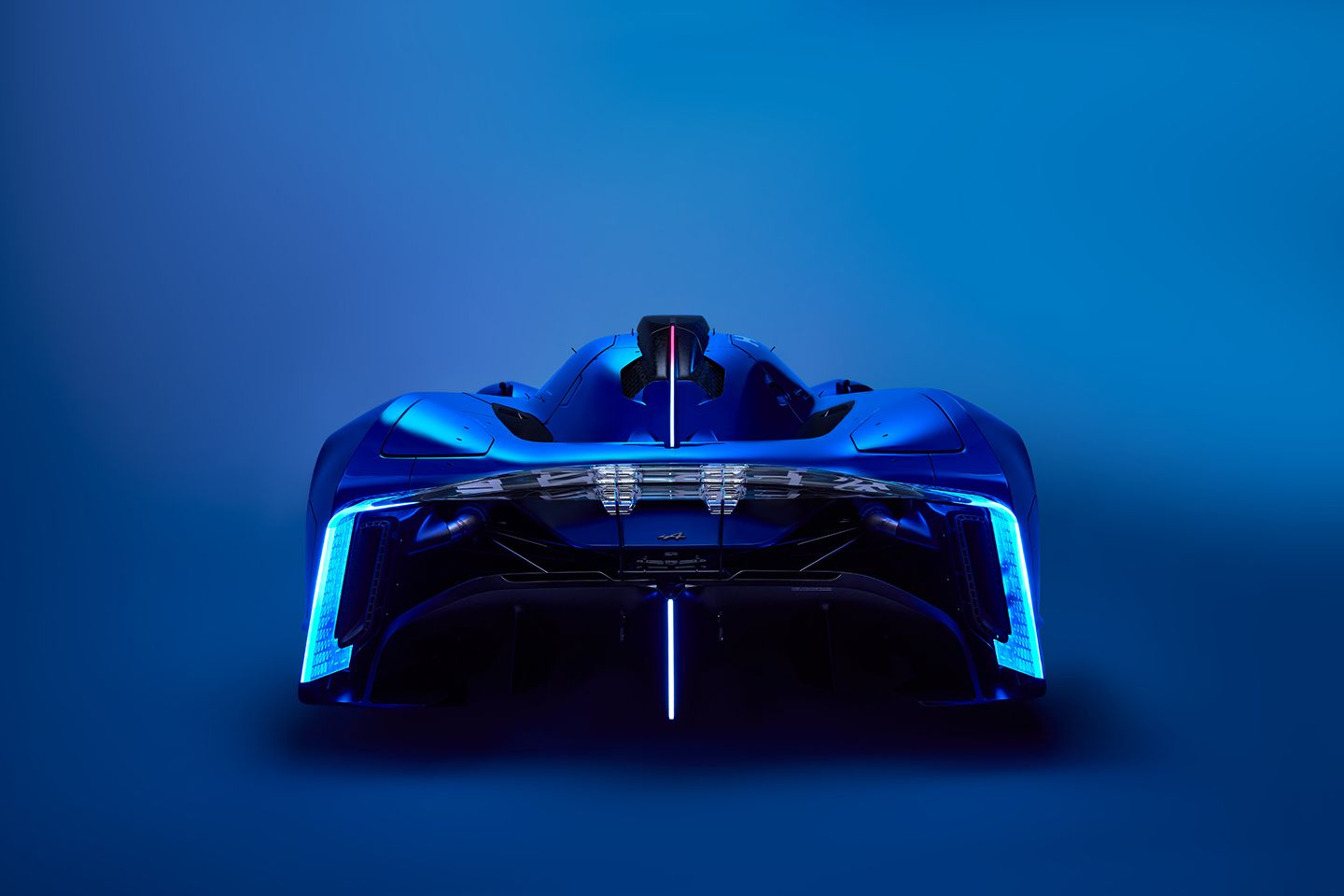




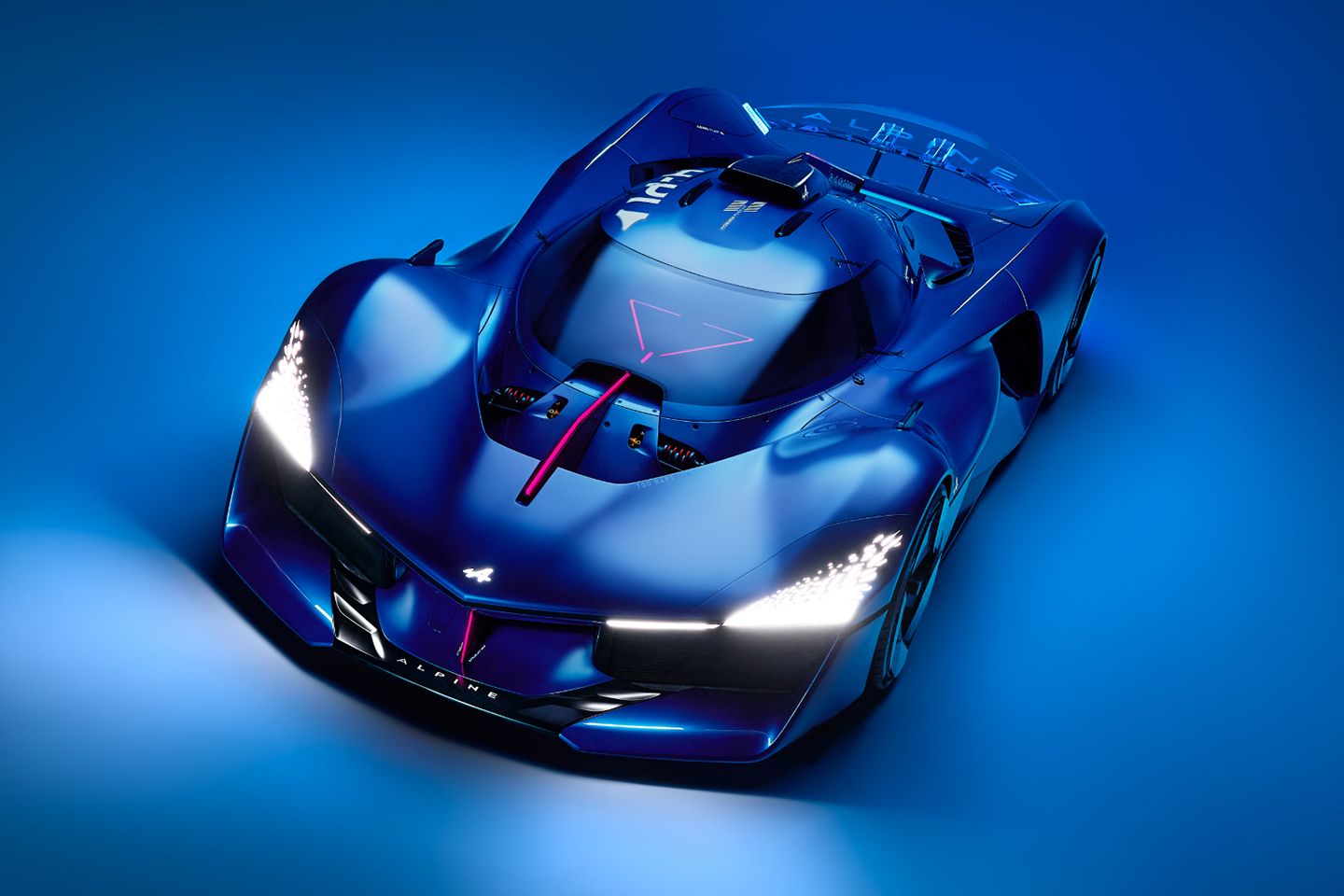
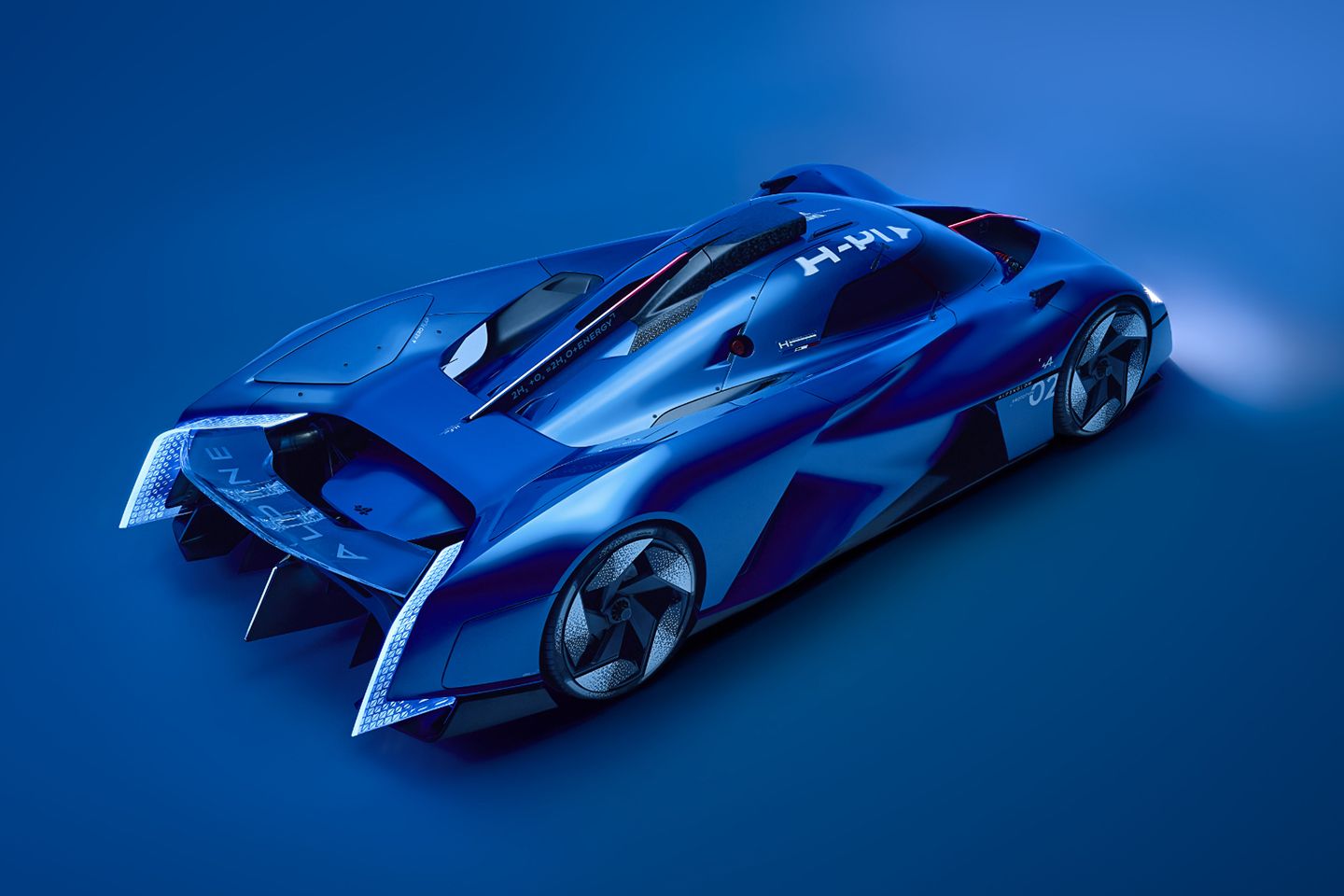

And that's just the infrastructure.
Also Siemens, how are generally accepted as brand leaders, are manufacturing electrolyses at much more affordable (investment wise) prices.
As a cost, the expensive part of a Green H2 project is the Green power (ie PV or wind) which is generally twice the cost of the H2 generation bit. .
Gassing Station | General Gassing | Top of Page | What's New | My Stuff



